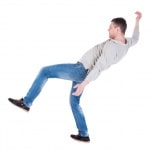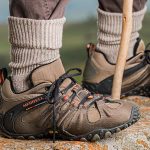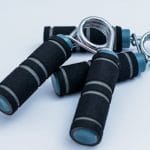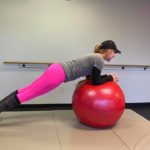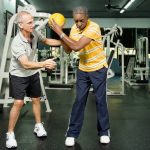
October 2020
Progression & Running Injuries: Volume vs Intensity
Running injuries are a bane to both the athletes and the healthcare system. Not only do the interfere with the joys and thrills of running recreationally and competitively, they contribute to emotional downers and economic consequences. One issue that has been questioned is, do increases in volume (how much you do in a week) cause different kinds of lower extremity injuries than increases in intensity?
A study from Denmark tested this by having healthy recreational runners, ages 18-65, volunteer to participate in one of two training groups: those who progressed the total weekly running volume (V) or those who progressed the proportion of weekly running at a hard intensity (I). The study included an 4-wk, 3/wk pre-conditioning regimen of similar intensity and volume (km/wk) followed by a 4-wk increase in volume; then there were four 4-wk periodized cycles which increased the V or the I of respective groups.

In theory, V injuries were those of the knee and thigh (patellofemoral pain, IT band) while I injuries were related to the feet and ankles (plantar fasciitis, Achilles strain.)
Of the 1535 volunteers, 839 were eligible to participate and were evenly divided into the two groups. By the end of the study, about 60% of each group completed the training. The overall number of injuries, it turns out, was insufficient to draw accurate conclusions. In the I group, 22.2% of the injuries were intensity related and 13.9% were volume related; in the V group, 25% were intensity- and 20.5% were volume-related. Due to the low numbers of each injury overall, however, no precise recommendations were made.
JOSP Sept. 2018
A Dumb Study on Collegiate Golfers Yields Dumb Results
Like most academic fields, publish or perish induces many useless, meaningless, and senseless research articles. This one attempted to compare two training regimens in college golfers to see which improved club head speed (CHS) more. One of the not-unusual elements is the low number of golfers recruited: 6 males, 6 females. The other is the (short) length of the training program (8 weeks.) The third is the non-specificity of the exercise programs. All these highlight why readers of lay journals/magazines should beware reports of studies that don’t meet the believability test.
One group (controls, C) performed a periodized body weight/low-intensity resistance training program that otherwise would make intuitive sense except that it never increased repetitions or loading to the level of fatigue; many exercises were the done at the same numbers of reps, sets and body-weight load over the 8-week period.
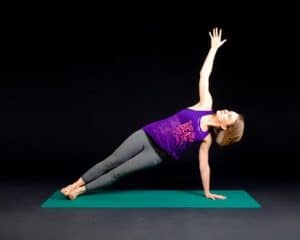
The intervention group (IG) performed their training with free weights (dumbbells and barbells, plus body weight) that progressed overall volume (a function of load, reps and sets) over time. All subjects were pre- and post-tested on strength changes in the squat, bench press, dead lift, hang-clean (a power lift) and jump height as well as CHS.
As one might expect, the IG “had significantly higher change in average CHS” and in the squat and power cleans – DUH. And the C experienced very small changes in the strength moves and actually lost CHS! Notably, though, the non-specific power training did not confer dramatic improvements in CHS, so a more targeted training program with power exercises is called for.
JSCR Aug. 2020
Tid Bits
A 2019 Sleep Health 4-week study of 59 middle age subjects were divided into two groups: a walking cohort told to add 2000 steps/week and a control group given no specific program. At the end, the walkers increased steps/day by 27.7% and worked up to 184 active mins/day. Daily active minutes correlated with improved sleep quality, especially for females, suggesting low-impact activity improves sleep. ACSM Health&Fitness Journal May/June 2020
Stress eating, especially in pandemic times, affects us all; but now kids are feeling the brunt. An article in the journal Appetite explored the role of increased stress in the” dieting behaviors of adolescents with overweight and obesity challenges.” The researchers wanted to see, too, if there were gender and racial differences in stress-related body image and dietary behaviors. While stress did impact these variables, they found the more stress, the more body image factored in regardless of race or gender. Can you imagine the results of a similar study of kids’ stresses in 2020? ACSM Health & Fitness Journal May/June 2020
Fat that accumulates around the heart increases the risk of cardiac disease. The pericardium is the sac that encases the heart and the epicardium is the inner layer closest to the heart. Danish researchers wanted to see if resistance training (RT) or high-intensity interval training (HIIT) reduced fatty accumulation around the heart compared to a control, no-exercise group. Fifty unfit middle-age subjects with abdominal obesity were divided into 3 groups for 12 weeks of training. Pericardial fat decreased by 31% in the RT group but not the HIIT, though epicardial fat improved in both groups similarly (32% in the HIIT, 24% in the RT.) The “data highlight the potential preventive importance of different exercise modalities as means to reduce cardiac fat in individuals with abdominal obesity.” IDEA Fitness Journal May-June 2020


